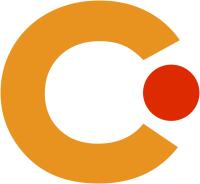An Approach to Investigate an Influence of Visual Angle Size on Emotional Activation During a Decision-Making Task
Virtual, Augmented and Mixed Reality (HCII 2023), page 649--664. Cham, Springer Nature Switzerland, (2023)DOI: 10.1007/978-3-031-35634-6_47
Abstract
Decision-making is an important ability in our daily lives. Decision-making can be influenced by emotions. A virtual environment and objects in it might follow an emotional design, thus potentially influ- encing the mood of a user. A higher visual angle on a particular stimulus can lead to a higher emotional response to it. The use of immersive vir- tual reality (VR) surrounds a user visually with a virtual environment, as opposed to the partial immersion of using a normal computer screen. This higher immersion may result in a greater visual angle on a particu- lar stimulus and thus a stronger emotional response to it. In a between- subjects user study, we compare the results of a decision-making task in VR presented in three different visual angles. We used the Iowa Gambling Task (IGT) as task and to detect potential differences in decision-making. The IGT was displayed in one of three dimensions, thus yielding visual angles of 20◦, 35◦, and 50◦. Our results indicate no difference between the three conditions with respect to decision-making. Thus, our results possibly imply that a higher visual angle has no influence on a task that is influenced by emotions but is otherwise cognitive.
Links and resources
Tags
community
@hci-uwb's tags highlighted



